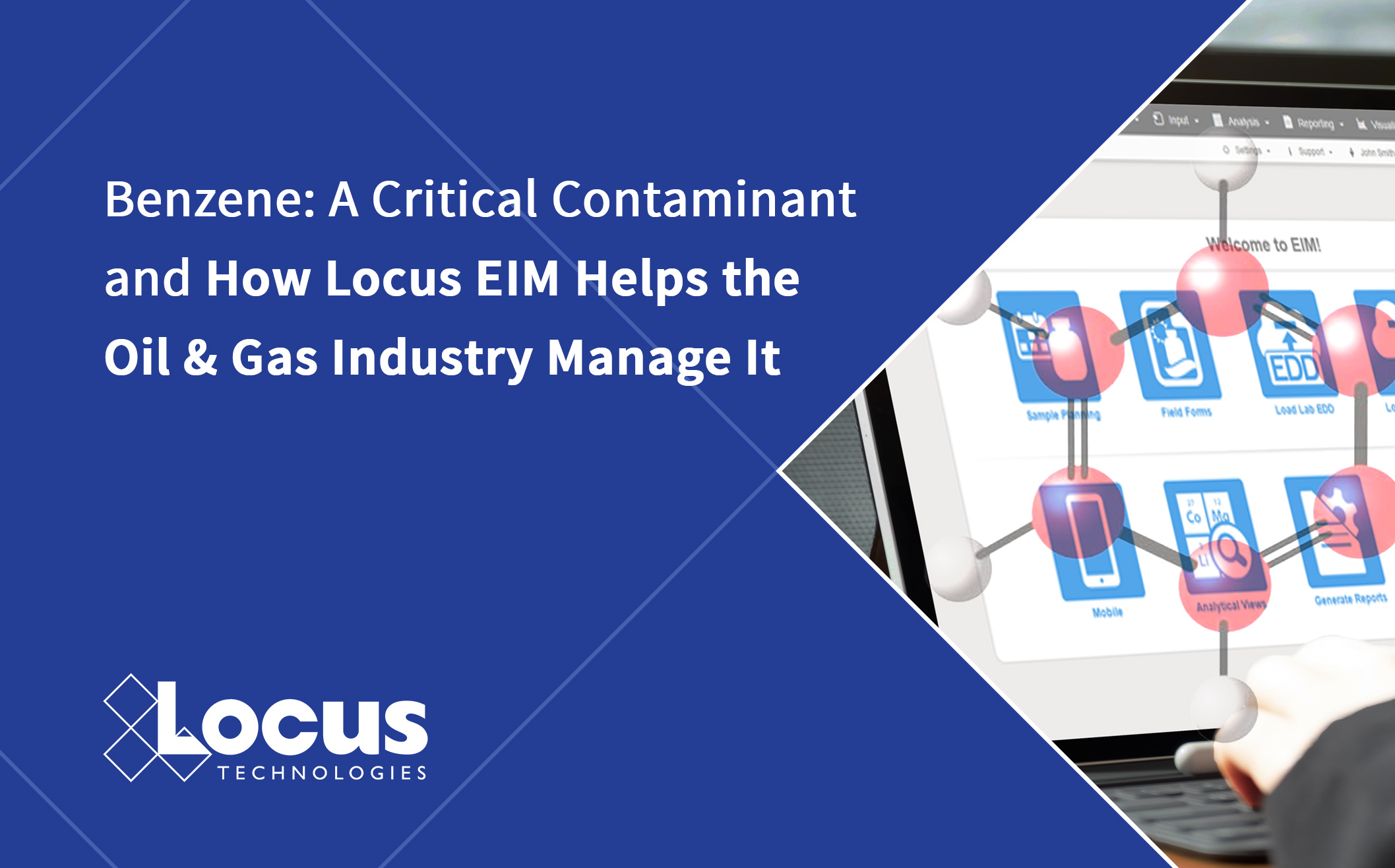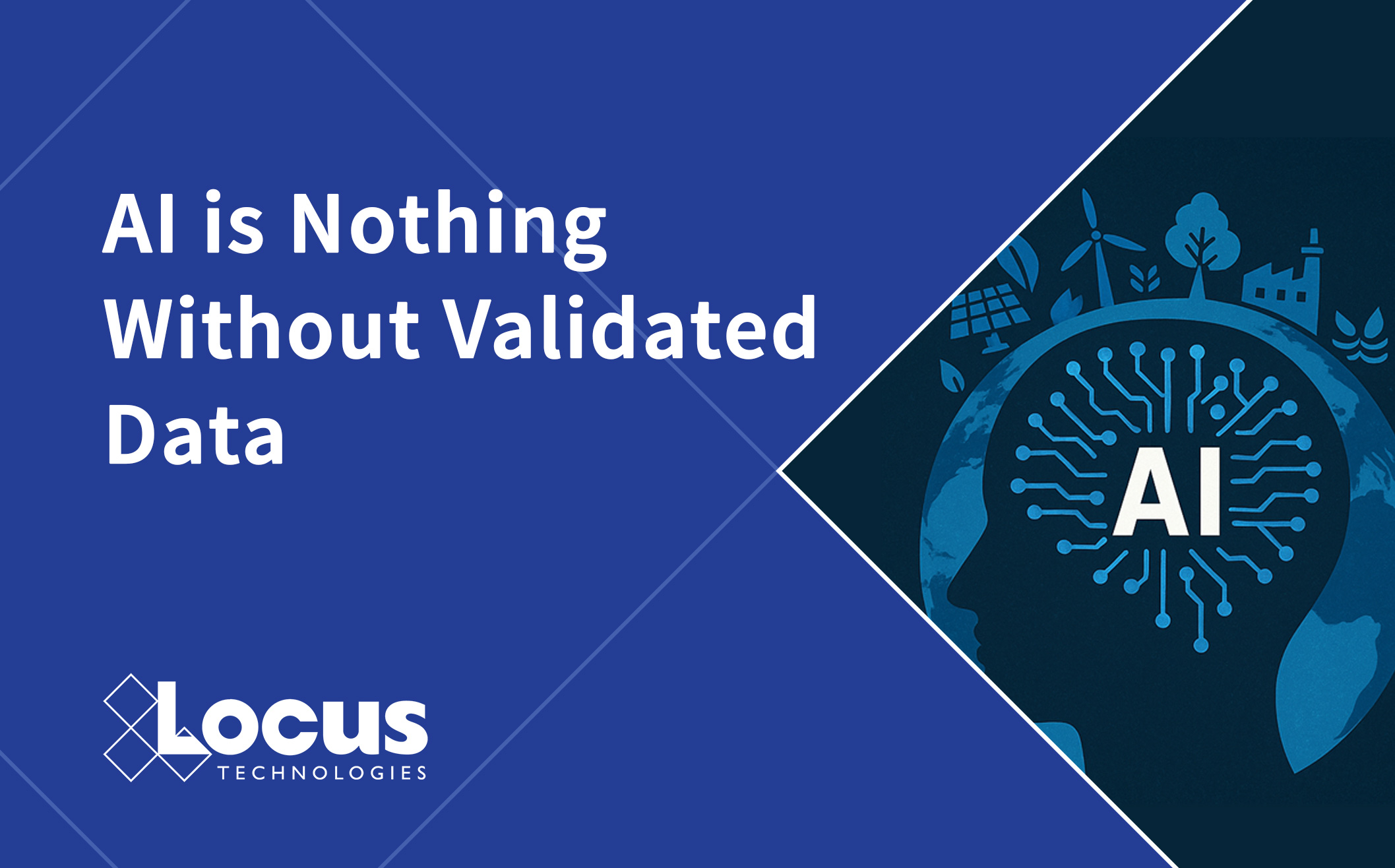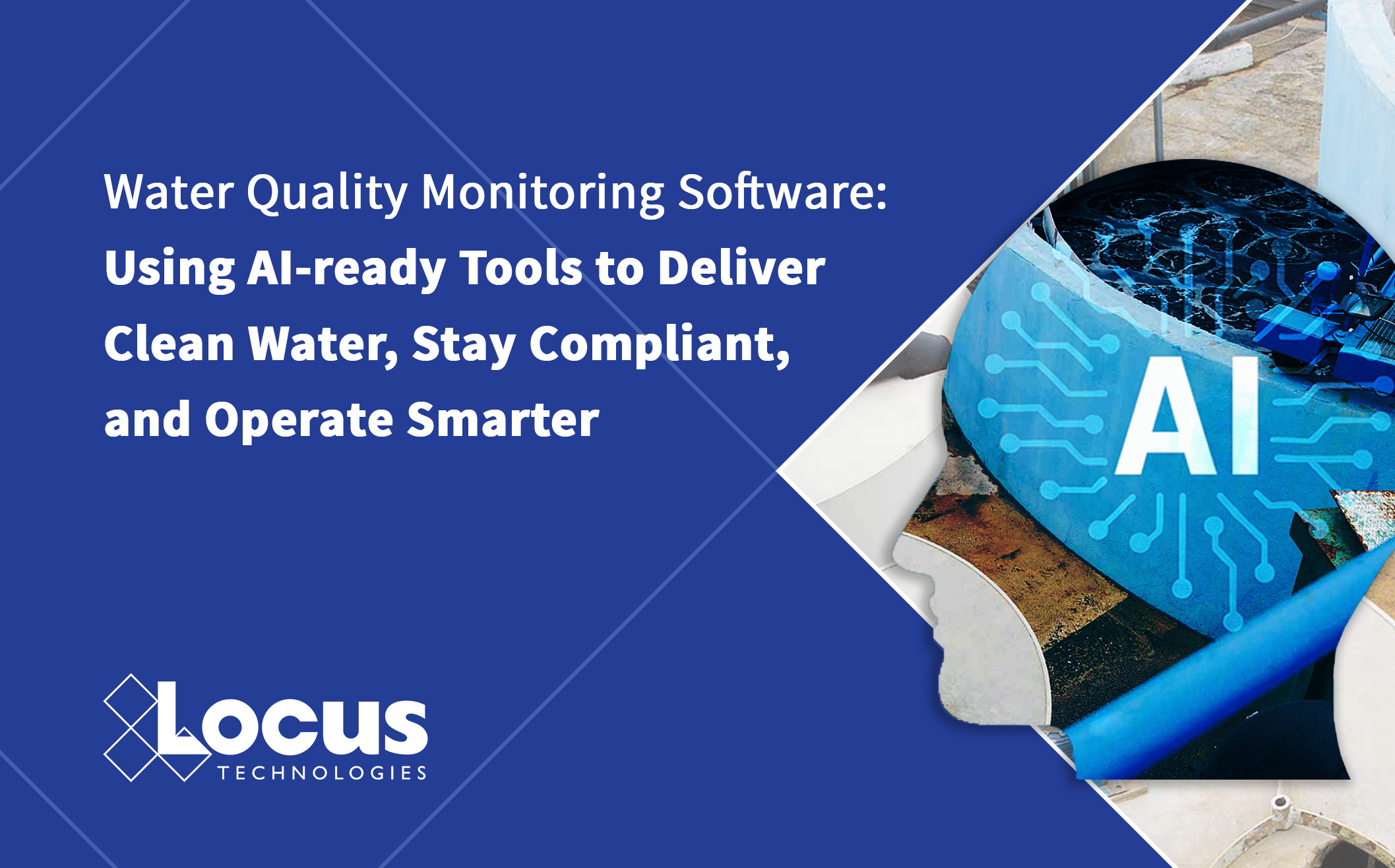
Benzene is one of the most pervasive and hazardous environmental contaminants monitored in the oil and gas industry. A volatile organic compound (VOC) and known human carcinogen, benzene is heavily regulated due to its health impacts and its common presence in petroleum extraction, refining, and distribution processes. At Locus Technologies, our Environmental Information Management (EIM) platform has logged over 1.2 million benzene records, underscoring the critical need for robust data management in mitigating this contaminant. Benzene hits contribute to 2.4% of all hits in Locus’ databases making it one of the most detected chemicals after PFAS.
Why Benzene Matters
Used extensively in industrial processes—from plastics and resins to dyes and detergents—benzene is also a byproduct of crude oil and natural gas operations. Its volatility and solubility make it a common groundwater and air pollutant at oil and gas facilities. Chronic exposure has been linked to bone marrow damage, blood disorders, and leukemia.
To protect public health, the U.S. Environmental Protection Agency (EPA) has set the Maximum Contaminant Level (MCL) for benzene in drinking water at 5µ/L or 5 parts per billion (ppb). The oil and gas industry is required to continuously monitor, report, and act on any exceedances of this limit across multiple environmental media.

What the Data Shows
Thanks to ad-hoc queries Locus has analyzed over 1,232,540 unique benzene data points in EIM. This worldwide total includes breakdowns across key U.S. regions:
- West of the Mississippi River: 804,366 results
- East of the Mississippi River: 377,363 results
Note: The east/west totals don’t sum to the overall number due to records lacking a state designation or originating outside the United States.
Of 1,232,540 readings, 159,401, or 12.95% exceeded MCL limit of 5 µ/L.
These volumes confirm what the industry already suspects—benzene is a constant presence across upstream and downstream operations, and real-time data intelligence is essential for staying ahead of risk.
How Locus EIM Helps
Locus EIM is a cloud-native environmental data management system trusted by some of the world’s largest oil and gas operators. When it comes to benzene, here’s how EIM supports compliance and operational excellence:
- High-Volume Data Management: Capable of handling millions of records with speed and precision, including complex queries across geography and time.
- Geospatial Insights: Benzene exceedances can be visualized and analyzed by region (e.g., east vs. west of the Mississippi) to prioritize response and mitigation.
- Exceedance Alerts: Immediate notifications for any data exceeding MCLs, enabling rapid remediation.
- Automated Reporting: Prebuilt templates for regulatory reports (e.g., EPA, state agencies) reduce manual effort and minimize compliance risk.
- Advanced Analytics: Identify trends, hotspots, and correlations with other contaminants or site activities.
A Platform Built for Environmental Complexity
At Locus, we’re not just tracking benzene—we’re giving companies the tools to act on it. With over 28 years of experience in environmental data systems and a platform that now hosts over 1.2 million benzene entries, Locus is setting the standard for compliance-driven data management coupled with AI machine learning in the energy sector.
To learn how Locus can help your team manage benzene and other regulated contaminants across your operations, contact us today.
Locus is the only self-funded water, air, soil, biological, energy, and waste EHS software company that is still owned and managed by its founder. The brightest minds in environmental science, embodied carbon, CO2 emissions, refrigerants, and PFAS hang their hats at Locus, and they’ve helped us to become a market leader in EHS software. Every client-facing employee at Locus has an advanced degree in science or professional EHS experience, and they incubate new ideas every day – such as how machine learning, AI, blockchain, and the Internet of Things will up the ante for EHS software, ESG, and sustainability.



